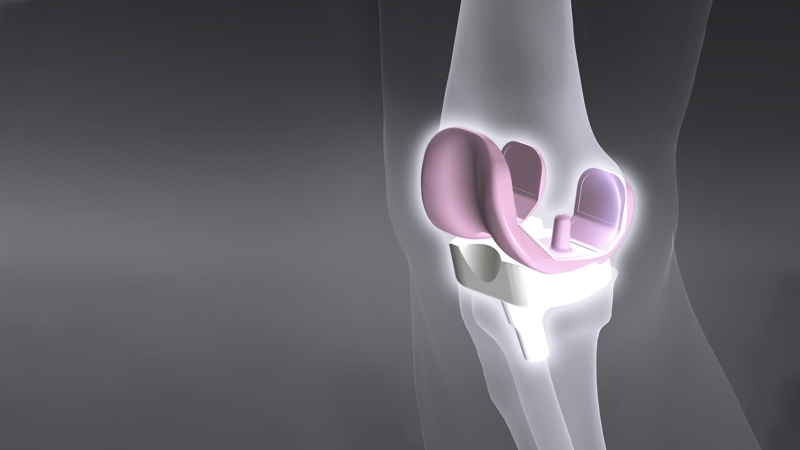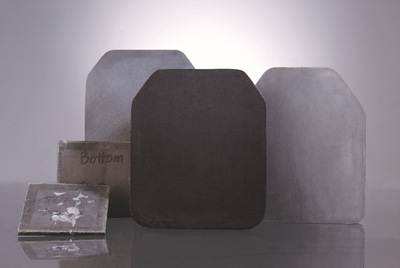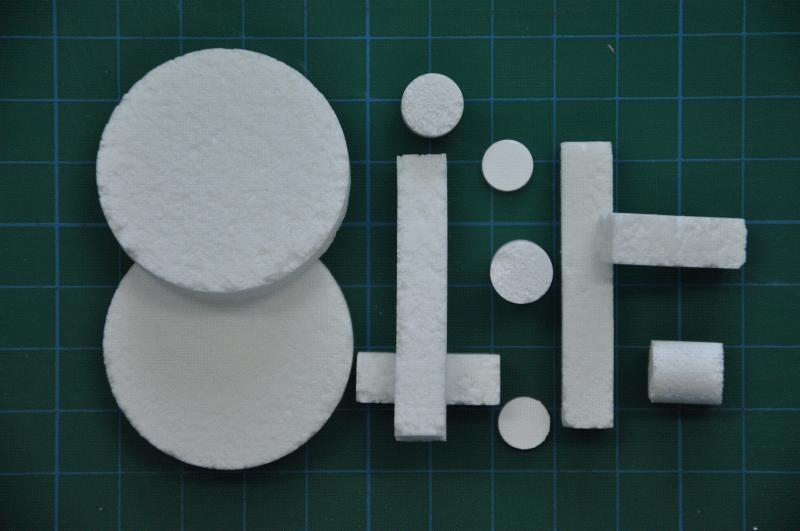1. The clinical application of alumina bioceramics
(1) Artificial joint
Due to its excellent biocompatibility, wear resistance, and high mechanical strength, alumina ceramics have been widely used in the replacement of various joints, replacing the joints that have lost their functions, and recovering their various functions. The specific applications are as follows:
①Artificial hip joint: There are various artificial femurs and artificial hip joints of porcelain and metal, ceramic-plastic and metal composite types that have been clinically used.
②Artificial knee joint: Due to the complex knee ligaments, it is difficult for the artificial knee joint to maintain stability. Artificial knee joints can be divided into hinge type, sliding type and embedded type.
③Artificial knuckles: Artificial knuckles were first made of metal materials, and then made of polymer materials. Alumina ceramic artificial knuckles have only been used in recent years. Suitable for rheumatoid joints, traumatic joints, severe degenerative deformation.

BIOLOX®delta Knee Joint (Limacorporate)
(2) Artificial bone
Due to its unique and excellent properties, alumina ceramics have been widely used as artificial bones, which can be used to replace various diseased bones, fill their defective parts and restore their original functions.
(3) Artificial ear ossicles
Using alumina ceramics as artificial ear ossicles has better performance than metal materials and organic polymer materials. This material has no foreign body reaction, good tissue affinity, and is convenient to manufacture, and has been widely used in clinical practice. Artificial ear ossicles are divided into two types: fully artificial ossicles and partial artificial ossicles. In short, the research of alumina ceramics as a biological material is still being carried out in depth, and it will certainly occupy a more important position in the future of biological materials.
2. Clinical application of alumina single crystal material
Alumina single crystal material used as an artificial joint handle has higher mechanical strength than alumina polycrystalline ceramics, and it is not easy to break.
Alumina single crystal material can also be used as a fixing material for damaged bones, and is mainly used to make artificial bone screws, which has higher strength than artificial bone screws made of metal materials.
Alumina single crystals can also be processed into small-sized and strong tooth roots for various teeth. Because alumina single crystals have good affinity with human protein and strong binding force, they are beneficial to the gingival mucosa and foreign tooth materials. Attached.
In addition, alumina single crystal material can also be used as a material for supporting and fixing human bone and filling material for defects.
3. Clinical application of glass ceramics
As a biological material, glass ceramics have been used in clinical applications within a certain range. The SiO2-Na2O-CaO-P2O2 system glass ceramics, Li2O-Al2O3-SiO2 system glass ceramics, SiO2-Al2O3-MgO-TiO2-CaF2 system glass ceramics have been biologically clinically applied (mainly used as artificial bone joints). The results show that glass ceramic has good biocompatibility, no rejection reaction, and new bone tissue creeps and grows and adheres to the glass ceramic, and the implanted glass ceramic can be firmly combined with the tissue.
Declaration: This article is provided by CERADIR™ users or obtained from Internet, the content does not represent the position of CERADIR™. We are not responsible for the authenticity/accuracy of the article, especially the effects of the products concerned. This article is for study only, it does not constitute any investment or application advice. For reprinting, please contact the original author. If it involves the copyright and/or other issues, please contact us and we will deal with it asap! CERADIR™ has the interpretation of this declaration.







